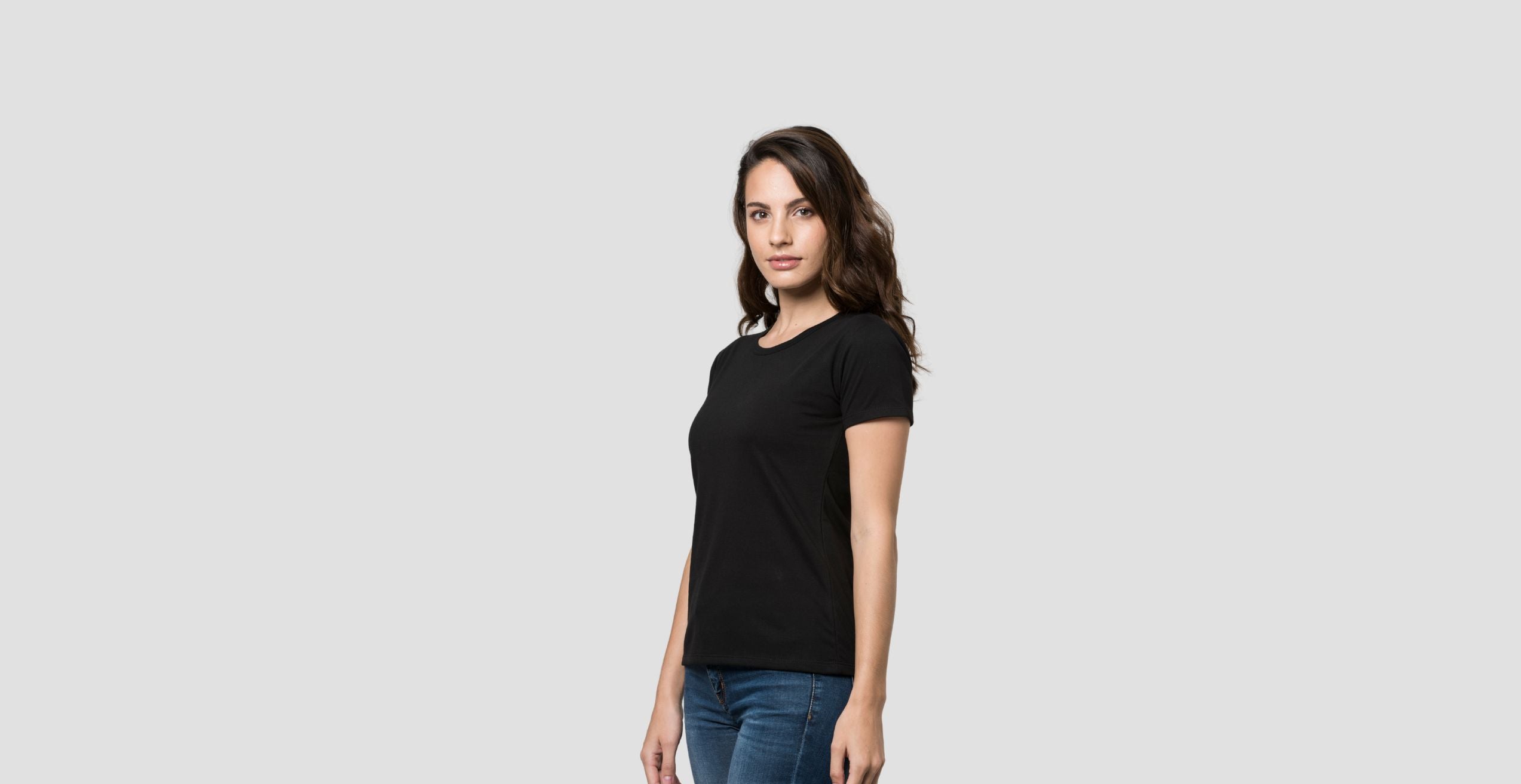At Sutran, for over a decade we've been listening, researching, and helping thousands of people who, like you, have suffered or still suffer from excessive sweating. And we're not talking from theory: we know this condition inside out—it’s why we founded the company. This article isn't just informative; it reflects everything we know, have learned, and apply daily in our tech garments.
What is excessive sweating and why does it happen?
Sweating is a natural temperature-regulating process, but sometimes the body doesn’t follow the rules. If your underarms soak before an important meeting or your hands sweat without physical exertion, you’re likely dealing with hyperhidrosis.
At Sutran, we fully understand what this means. Many of our customers and team members have experienced it. It’s more common than you think—and yes, it’s manageable.
Differences between normal sweating and hyperhidrosis
Not everyone who sweats a lot has hyperhidrosis. The key lies in frequency, intensity, and timing. If sweat occurs even at rest, without heat, and impacts your quality of life, you’re probably experiencing clinically excessive sweating.
Types of hyperhidrosis: primary vs. secondary
We emphasize this distinction to provide targeted guidance:
-
Primary hyperhidrosis: no clear medical cause; usually affects underarms, palms, feet, and face; often hereditary.
-
Secondary hyperhidrosis: caused by illnesses like diabetes, thyroid issues, or medication side effects.
Major medical causes of excessive sweating
As a brand focused on this condition, we’ve deeply studied the causes to design practical solutions. While primary hyperhidrosis often lacks a specific cause, secondary types are linked to:
-
family genetics
-
endocrine disorders (e.g., hyperthyroidism)
-
menopause
-
diabetes
-
infections or neurological diseases
-
medications such as antidepressants or hormones
So, we always recommend a medical evaluation before any treatment.
What are the symptoms of hyperhidrosis?
The primary symptom is evident: heavy, continuous sweating without external triggers. If it happens at least once weekly, symmetrically (e.g., both underarms) and affects your daily routine, it’s time to take action.
Commonly affected areas:
-
underarms
-
palms of hands
-
soles of feet
-
face and head
When to consult a doctor
At Sutran, we encourage consulting a specialist if:
-
sweating disrupts your routine
-
it affects your social/emotional life
-
it starts suddenly or at night
-
it's accompanied by other worrying symptoms
Emotional & social impact of excessive sweating
We know sweat doesn’t just stain clothes—it erodes confidence. We hear often: embarrassment shaking hands, fear of judgment, discomfort dressing.
Anxiety, shame & insecurity
Excessive sweating generates constant tension. At Sutran, we've developed tech solutions to free you from that burden.
Effects on personal & professional relationships
Having to second-guess your outfit or skip meetings for fear of stains shouldn’t be part of your life. That’s why we see intelligent fashion as a tool of freedom.
Treatments available for excessive sweating
We stay updated on all available treatments:
-
Clinical antiperspirants
helpful, but often fall short in severe cases. -
Medications & botulinum toxin
valid options, with medical supervision and possible side effects. -
Surgery & advanced procedures
like sympathectomy or gland removal—drastic options often unnecessary with good practices and functional apparel.
Practical everyday tips & solutions
Our experience with over 50,000 customers shows small changes make a big difference:
Appropriate clothing
Our strength: Sutran’s three-layer anti-sweat wear for men & women:
-
Inner layer absorbs sweat
-
Air chamber evaporates it
-
Hydrophobic outer layer blocks stains & odors
All with cotton comfort and a 100% natural look.
Daily hygiene & habits
-
daily shower + clothing change
-
breathable fabrics next to skin and outward
-
stress management (breathing, meditation)
When to worry? Warning signals
We’re prepared to guide you if you notice:
-
unexplained night sweating
-
unintentional weight loss
-
palpitations, dizziness, discomfort
-
fever or heart rhythm changes
In those cases, the priority is seeing a doctor. We’ll support you on the textile side—but health always comes first.









